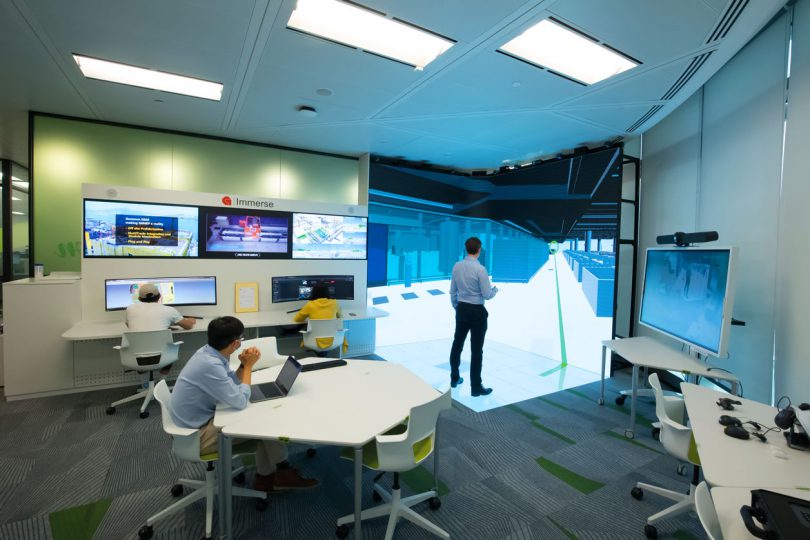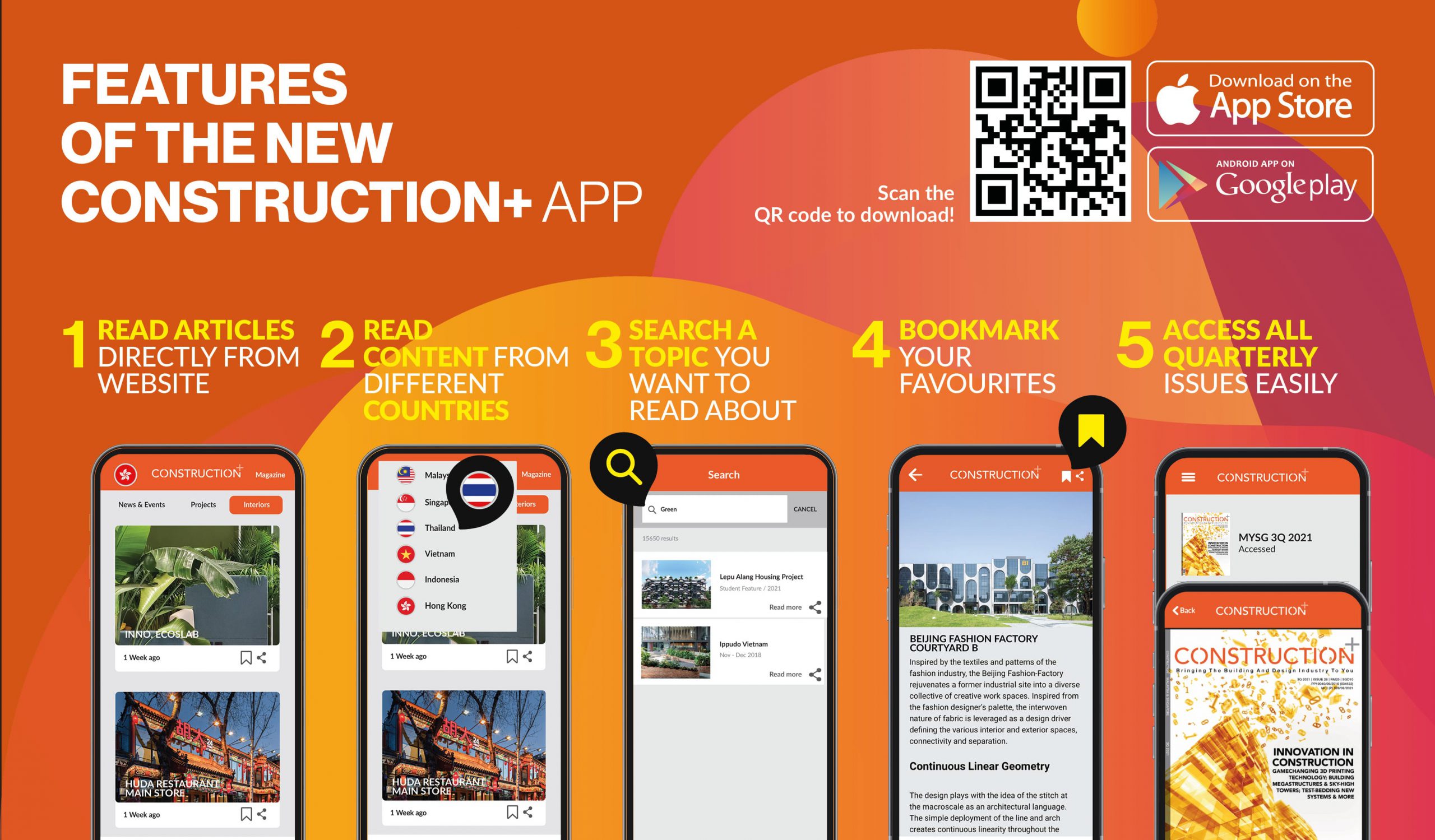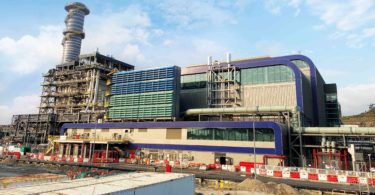By Ir Paul Evans
Technology is an everyday reality on many construction projects around the world. Digitising traditional construction processes act as an enabler for ever-increasing smarter and new construction methods.
Building Information Modelling (BIM) and Common Data Environment (CDE) are the foundation stones for those new construction methods. They adopt off-site manufacturing at their core and include Modular Integrated Construction (MiC), Design for Manufacturing and Assembly (DfMA) and Multi-trade Integrated MEP modules (MiMEP).
The individual digital and IoT solutions are the structural pillars sitting on a foundation of BIM and CDE and supporting all aspects of construction project delivery. These technologies bring the concept of Construction 2.0 to life and support ESG and sustainability, changing to old dirty, a dull and dangerous image of construction into a highly efficient, productive, green and manufacturing-like industry vision of the future. The rebranding of the old construction industry into a new technology-driven forward-looking enterprise can also help attract those new generations growing up in the digital age, replenishing the labour shortage due to the ageing of the current workforce.
Often, we take a narrow view of adopting individual technologies to perform on a stand-alone basis to address a particular pain point or improve a specific process or workflow. However, the true power of technology adoption on construction projects is the ability to apply fully integrated digital and IoT solutions across the entire construction project life cycle from initial concept through detailed design, construction and into the operation phase. Additionally, the ability to share data from the design and construction phase of a project with the future built asset in a common data environment can provide significant benefits to all stakeholders involved.

Technologies enable mundane or labour-intensive tasks to be automated, on things as small as admin-type data entry or form filling or as complicated as managing off-site fabrication works involving supply chains from different territories. Digital technologies are also a founding block for future technologies driving further productivity enhancement, such as robotics or autonomous machines/vehicles.

IR PAUL EVANS
Executive Director and Chief Technology Officer of Gammon Construction Limited
Paul has over 35 years of multi-disciplinary design and construction project management experience in Hong Kong, Macau and the United Kingdom; with the past 26 years spent working in Hong Kong and Macau. He joined Gammon in 2019 and was appointed Executive Director in 2020, responsible for overseeing the Electrical & Mechanical division. In late 2020, Paul was given an expanded role as Chief Technology Officer, responsible for Integrated Data Technologies, Digital and BIM business functions, and the Gammon in-house Innovation Incubator, Digital G Limited.
ABOUT GAMMON CONSTRUCTION LIMITED
Gammon, headquartered in Hong Kong, is a 50/50 joint venture between Balfour Beatty, a leading international infrastructure group, and Jardine Matheson, the Asian-based conglomerate. Gammon has a reputation for delivering high-quality projects throughout China and Southeast Asia. The company’s integrated business focuses on civil, building, foundations, electrical and mechanical, facades and interiors works and design. The construction services division provides considerable plant and steel fabrication and concrete production capabilities. Gammon also has a strong in-house innovation team and a digital innovation incubator, Digital G Limited (www.digital-g.tech), dedicated to bringing best-in-class digital technologies to support the Gammon core construction business, clients and the broader AEC market.
This is an excerpt. The original article is published in Construction+ Q2 2022 Issue: Technology & Innovation.
Get the print magazine or subscribe to the digital edition to read the complete article.












